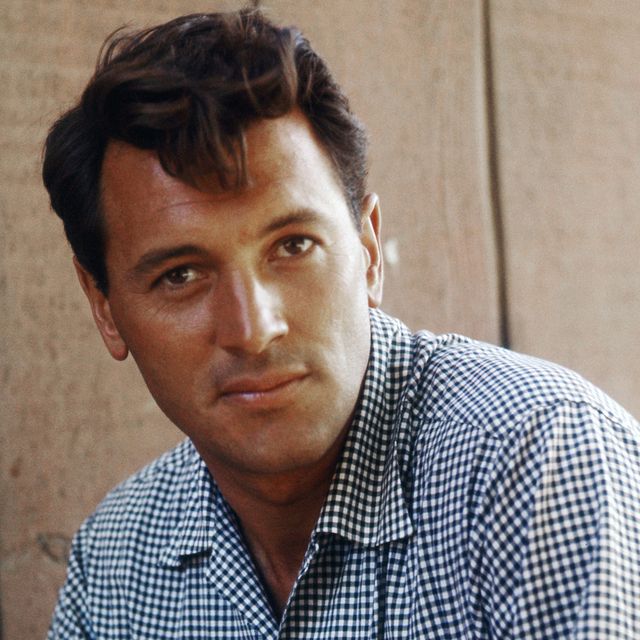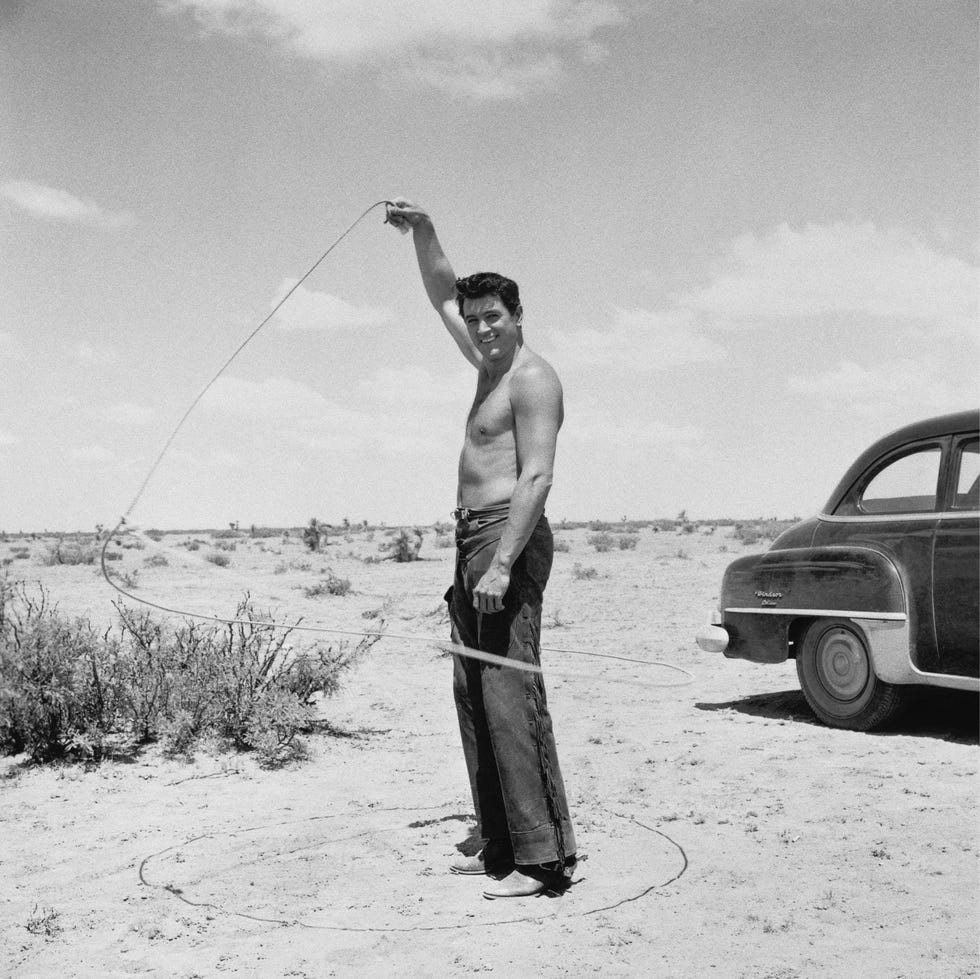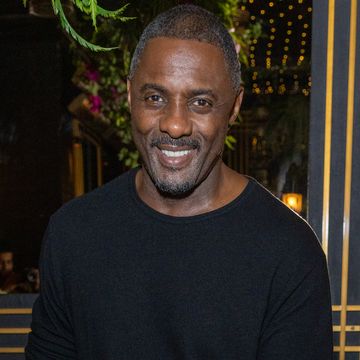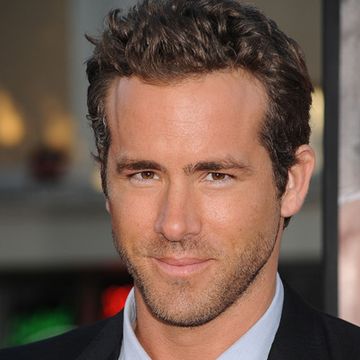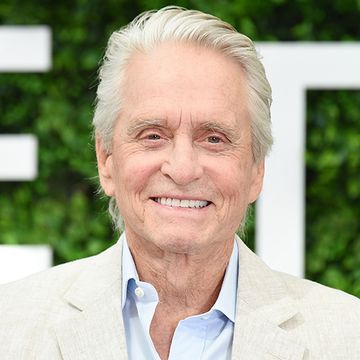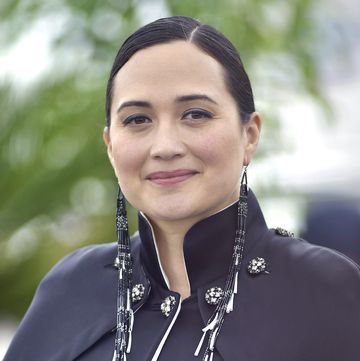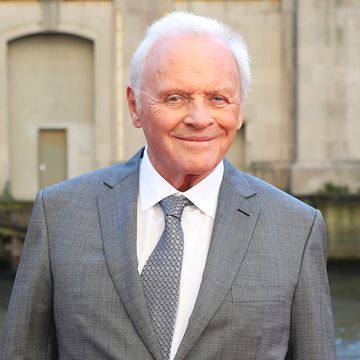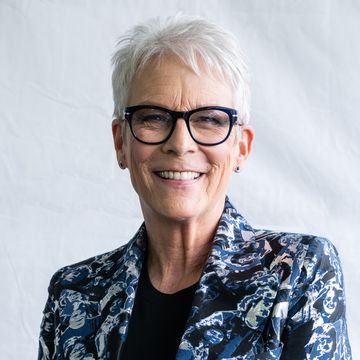Rock Hudson was one of the last stars of Hollywood’s Golden Era, but he was forced to keep his private life a secret, concealing his sexuality to protect his leading man image. But after decades of secrecy, Hudson’s revelation that he had AIDS shortly before his death in 1985 proved to be a critical turning point in the fight against a deadly disease that killed millions worldwide.
Hudson had a traumatic childhood
Hudson was born Roy Scherer Jr, on November 17, 1925, in Winnetka, Illinois. His father abandoned the family when he was a child, and his mother, Katherine, remarried when Hudson was 8. His stepfather, Wallace Fitzgerald, was an abusive alcoholic, who forced the young boy to take his last name. He was a harshly critical man, ridiculing Hudson’s speech and behavior, forbidding him from playing with toys he considered too feminine and mocking the teen’s early interest in drama.
After serving in the U.S. Navy during World War II, Hudson landed in Los Angeles. Six feet 4 inches tall, the handsome 21-year-old had no professional training but had set his sights on becoming an actor. Taking a job as a truck driver to support himself, he made the rounds, unsuccessfully seeking meetings with agents and even parking his car outside studio lots, where he would stand for hours on display, hoping to be “discovered” like hundreds of young hopefuls before him.
His agent transformed him
In 1947, Hudson was introduced to agent Henry Willson, who was known for his roster of attractive men. After meeting Hudson, Willson saw the potential for his greatest creation yet. Roy Fitzgerald became “Rock Hudson,” purportedly named after the sturdy Rock of Gibraltar and the mighty Hudson River.
Hudson was given a complete makeover, with Willson hiring coaches to help the aspiring actor lower his voice and present the highly masculine physicality that helped launch what became known as Hollywood’s “beefcake craze.” Within a year, Hudson had landed his first role and was soon put under contract.
Rumors about Hudson’s sexuality soon swirled
His relationship with Willson helped fuel the rumors, as many had long assumed that the agent’s stable of actors were required to sleep with him to secure support for their careers. In an era when homosexuality was still a crime and almost entirely taboo, Willson made little attempt to hide his sexuality and was frequently spotted at Los Angeles’ gay bars. Hudson, however, was much more discreet, and although his closest friends and co-workers knew he was gay, revealing that to public would have ended his career.
In 1954, Hudson got his big break, with a lead role Douglas Sirk’s Magnificent Obsession. His newfound stardom after years of struggling was a welcome relief, but it brought with it increased scrutiny of his private life. Like many other young actors, both gay and straight, Hudson had played along with the powerful studio publicity machine, going on arranged dates with starlets and giving coy interviews to journalists about his relationship status. But when publications such as Life magazine began running stories about why the hunky star was still single as he neared 30, Hudson and Willson began to worry.
Equally troublesome was a threat to “out” Hudson by Confidential, a tabloid magazine that titillated its readers with steamy stories of stars’ private lives. Well aware that Hudson was his most important client, Willson acted quickly. He offered up damaging evidence on other actors he had managed, including Troy Donahue and Rory Calhoun, in exchange for Confidential killing its story on Hudson.
In late 1955, Hudson had just wrapped work on his most important film yet, Giant. The movie would earn him his only Academy Award nomination and saw the beginning of a lifelong friendship with co-star Elizabeth Taylor. Just weeks after he finished filming, Hudson shocked many by marrying Phyllis Gates, Willson’s secretary. Gates would later claim that she’d had no idea that Hudson was gay before they married, but those close to Hudson were convinced that it had all been arranged by Willson. The marriage was tumultuous, and the couple divorced three years later. Hudson would never remarry, and he would soon end his business relationship with Willson.
Despite the innuendo, Hudson’s career skyrocketed
Thanks to a series of lighthearted romantic comedies with Doris Day, Hudson had become one of Hollywood’s biggest stars — and hottest heartthrobs. But by the end of the 1960s, Hudson had begun aging out of his leading man roles, and he increasingly turned his attention to television, starring in the long-running series McMillan & Wife.
Despite the sexual liberation ushered in during the 1960s and '70s, and the growing prominence of the LGBTQ movement, Hudson continued to conceal his private life. Friends, such as journalist and Tales of the City author Armistead Maupin, tried to convince Hudson to come out. Mark Griffin, author of the Hudson biography All That Heaven Allows, notes that Hudson seriously considered it, before rejecting the idea. And when an unsourced rumor surfaced that Hudson had married fellow actor Jim Nabors (even though same-sex marriage was illegal in the U.S.), Hudson reportedly distanced himself from his friend.
Hudson initially hid his disease
In the early 1980s, Hudson suffered a series of health crises, including heart surgery brought on by years of drinking and smoking. In May 1984, he attended a state dinner at the White House, having known Ronald and Nancy Reagan since their years in Hollywood. Guests reportedly noticed that Hudson seemed in ill health, but he claimed he was recovering from a bug he’d caught on set.
Just weeks later, Hudson learned he was HIV positive. At the time, the public knew little about the disease. Some believed only homosexuals could contract it, and early news accounts referred to it as the “gay plague,” or GRID (gay-related immune deficiency). Those suffering with the disease faced moral scorn, ridicule and even the abandonment of loved ones, with many Americans terrified of the potential spread of the disease.
Still protective of his public reputation, and fearful of the reaction of his fans, Hudson kept his diagnosis a secret, telling only a few former partners and a handful of friends. In those early years, a diagnosis was tantamount to a death sentence, and Hudson spent nearly a year seeking out experimental treatments that he hoped would save his life.
Despite his worsening condition, he continued to work. He made a guest stint on Dynasty (where he carefully tailored his love scenes with Linda Evans to protect her from any possible transmission) and agreed to appear on Day’s new tv talk show. When the former on-screen couple appeared at a press conference on July 16, 1985, viewers were shocked at the physical decline of the once virile star.
His revelation made him one of the first public faces of the AIDS epidemic
Days later Hudson traveled to France, where he had been receiving a promising new treatment. Shortly after arriving, he collapsed and was hospitalized. The news flashed around the world, but his publicist team claimed that Hudson was suffering from liver cancer. Hudson, however, decided to tell the truth, and on July 25, his publicist released a statement revealing he had AIDS. While he didn’t formally announce he was gay, he knew that the admission would make that all but clear.
While Hudson had feared a backlash, the beloved star instead received tens of thousands of messages from well-wishers, and many of his fellow Hollywood stars voiced their support. That September, Hudson sent a message to be read at a fundraiser hosted by friend and early AIDS activist Taylor, which read, “I am not happy that I am sick. I am not happy that I have AIDS; but if that is helping others, I can at least know that my own misfortune has had some positive worth.” Just weeks later, on October 2, 1985, Hudson died at his L.A. home, aged 59. Among his bequests was $250,000 for medical research, funds that were used to launch the American Foundation for AIDS Research (amfAR).
Homophobia, fear and the reluctance of the federal government to intervene infuriated many and worsened the growing crisis. President Reagan didn’t deliver his first address on AIDS until 1987, and his administration was painfully slow to increase research funding. But the deaths of Hudson and other early AIDS victims, like Ryan White, shed light on the disease, helped shift public support and galvanized those on the frontlines. As Randy Shilts, author of And the Band Played On, the seminal history of the early years of the pandemic, noted, “There was AIDS before Rock Hudson and AIDS after.”
